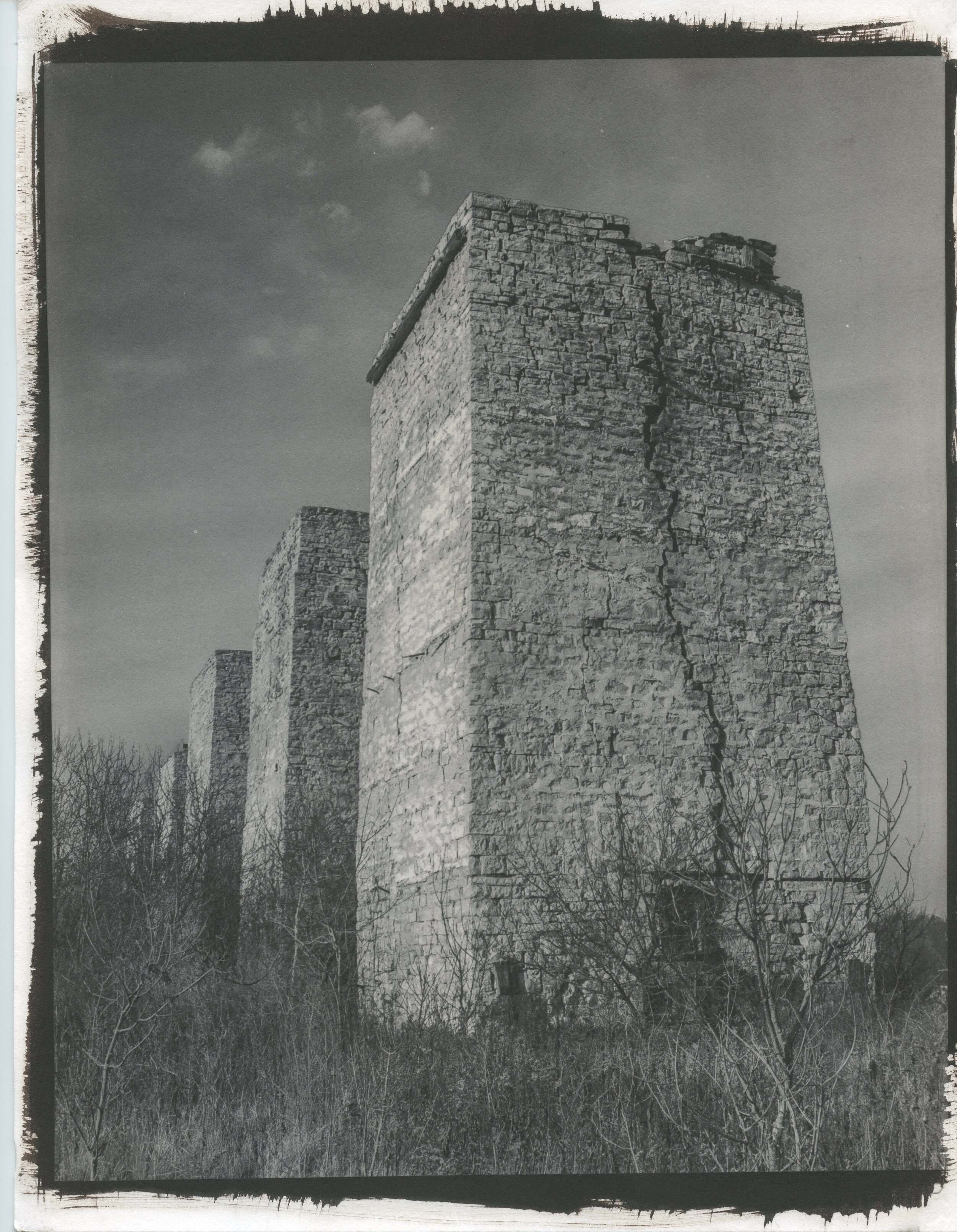The production lime involved “cooking” the raw limestone in the vertical shaft kilns. In most, but not all cases, wood was the primary fuel in heating the limestone. This wood was fed into the lower portion of the kiln through two firing (or sometimes three) openings in the lower portion of the kiln, Limestone passed through the firing zone, and was ultimately drawn from the kiln and moved (via wheelbarrows in the early days) to the lime floor where it cooled and was ultimately loaded for shipping by rail cars.
According to Joel Valle (the latest in several generations of family members who worked in the lime industry (at the Nasbro and Standard Lime and Eden plants here in Wisconsin) and whom I consider one of the foremost experts on the history lime production in Wisconsin recalls that there was a lot of competition between the men operating the kilns. Joel states:
“It was one fireman per kiln. Yes the fireman was responsible for firing the kiln and taking the draws. The firemen would always brag about there kilns and it was a competition between them to how the kiln would run and the quality of the lime”
Firing a Lime Kiln, Early 20th Century. Location unknown. Photo courtesy of Joel Valle,
Firing door. Standard Lime Kilns, Nasbro, Wisconsin. Note the lever and metal door that covered the fire box. This is the only remaining example of a surviving metal door and lever on a lime kiln that I am aware of,




